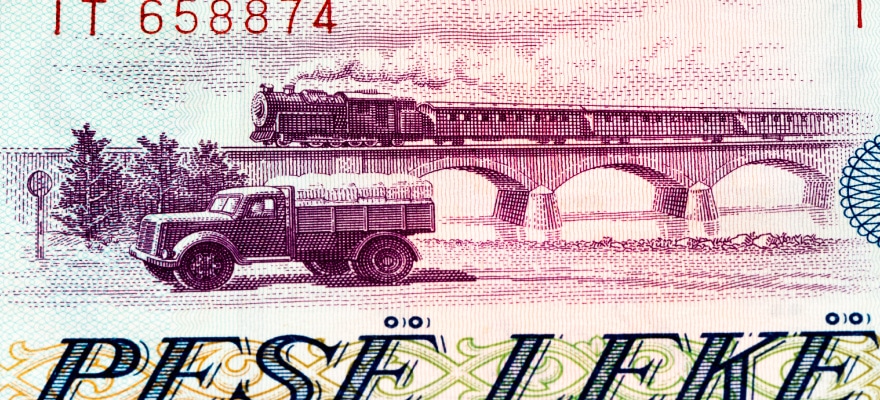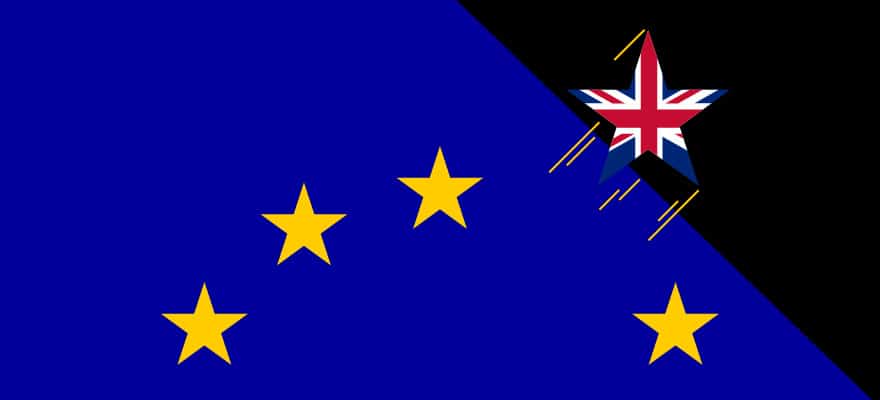Introduction
Europe is struggling on many levels, but the source of these struggles is one: the lack of crystal clear strategy.
Strategy is a point on the horizon that key stakeholders look to and accept as the ultimate common goal. This is nonexistent in Europe. This fundamental lack of strategy trickles down into all subsystems of European societies. One such subsystem is the economy. Make no mistake, even with a crystal clear strategy in sight one can have serious economic challenges. But without one the challenges are guaranteed to be unsolvable.
This article shows how and why Europe is facing the challenge of a de facto two-speed eurozone and how this will lead to three fundamental results:
(1) The break-up of the eurozone
(2) The highly counter-intuitive strengthening of the euro
(3) A multi-strategy Europe
The Two Pillars Supporting the Current European Economy
First Pillar: The Lack of Political Will to Agree on a Strategy
Europe could have a strategy. But it does not have one. This gap is the result of the lack of political willingness to engage in a strategic (not tactical or operational) dialogue and agreement. With the right strategy in hand the eurozone could easily stay monolith. Yes: there are highly developed and much less developed members of the zone and the gap between them is growing and therefore the situation is divergent; but this divergence would not have occurred at all with the right strategy in place.
But there is no right strategy in place and without that this divergence will be unstoppable, necessarily leading to the breakup of the eurozone.
Second Pillar: Automatic Mechanism of a Macro-Monetary and a Fundamental Spiral of Divergence
I will now describe an automatism that could be stopped were there the political consensus and engagement to do so. But as I have clearly explained, there is no such strategic political unity. So what is this 'automatic mechanism' and how does it work?
To explain it I have created a simplified model with only two countries following a 7-year cycle.
Year 1: Let’s say that there are two imaginary countries of equal size: Jermany and Jreece! They go into a currency union. But they differ when going into this union. Jermany has high standards of tax-payment and a transparent, professional, non-corrupt and right-sized government spending those taxes. Jerman people retire old. Jreece has low standards of tax-payment and a nontransparent, non-professional, corrupt and over-staffed government swallowing sovereign revenues. Jreek people – though just as industrious and hard working as their Jerman colleagues – retire young. =>
Year 2: Productivity in Jermany will go up because Jermany can fund better education, better infrastructure and has fewer staff in government; Jerman people work in large, super-efficient Jerman mega-companies or small, unique Jerman SMEs (instead of counterproductive redundant public workplaces). Productivity in Jreece will go down because people struggle with problematic infrastructure, a lack of motivation to achieve well in a nontransparent system, and many of them are put into redundant alibi jobs by a malfunctioning yet overgrown government. =>
Year 3:Had Jermany and Jreece not gone into a currency union, now the Jerman currency would (ceteris paribus) appreciate because investors would see that things are going to the right direction. Jermany would develop a current account surplus due to surging exports (induced by growing productivity). Meanwhile the Jreek currency would (ceteris paribus) depreciate because investors would see that things are going to the wrong direction and Jreece would develop a current account deficit due to shrinking exports (induced by low productivity). =>
Year 4: Since Jermany and Jreece are in a currency union and their economies are in the same size-group, their common currency (the Juro) remains stable. It would appreciate if it was only Jermany’s currency and it would depreciate if it was only Jreece’s currency, but since it is both Jermany’s and Jreece’s currency it remains fairly stable. =>
Year 5: Jerman exports will go up even more dynamically than explained in 'Year 3' because there is high growth of productivity combined with no fx-rate compensation (appreciation); so there are two (a fundamental and a monetary) reasons to fuel export-growth. Meanwhile Jreek exports will struggle and fall under even stronger pressure than explained in 'Year 3' because there is no substantial growth (or even stagnation or shrinking) of productivity combined with no fx-rate compensation (depreciation); so there are two (a fundamental and a monetary) reasons to block and hold back exports. =>
Year 6: Repeat ‘Year 4’! =>
Year 7: Repeat ‘Year 5’!
This is the vicious cycle that the eurozone is in right now. This is the ‘Spiral of Divergence’ mentioned in the title description of the 'second pillar'. Every single year, Germany and Greece are moving further from each other, driven just as much by technical monetary as real life fiscal and fundamental reasons.
The Inevitable Result of the Coexistence of the First and the Second Pillar:
We are inching towards the break-up of the eurozone. And from the two 'pillars', we can even read the way that the zone will break up.
The weaker countries are highly interested in shifting to an own currency. In my imaginary example, Jreece would partially gain back its productivity and export competitiveness by having a currency that is approximately half the value of the common currency. Jermany however would strongly oppose Jreece leaving the common currency zone because if the weaker participants leave, the common currency remains exclusively for the stronger ones, and therefore it inevitably sharply appreciates. This appreciation could seriously hurt Jerman exports and competitiveness.
In our imaginary example there are two countries of the same size, and if the currency of the weaker lost half of its value (compared to a third country’s stable currency) then the currency of the stronger would have to appreciate (compared to a third country’s stable currency) by approximately 50 percent.
These are the relative ratios that could have produced the market equilibrium between the joint currency – the imaginary Juro – and the third country’s currency before the weak party exited the currency union. By the way the stunning thing is that in this case the fx rate between the Juro and the new currency of Jreece would be approximately 3.
This story of the Juro strengthening by 50 percent upon the disintegration of the currency union (compared to a third country’s stable currency) and gaining a 3 to 1 fx rate compared to Jreece’s new legal tender very clearly demonstrates why I discussed ‘the highly counter-intuitive strengthening of the euro’ earlier in this article.
there is no right strategy in place and without that this divergence will be unstoppable, necessarily leading to the breakup of the eurozone.
If we think of a country like Germany- which is highly driven by export dynamics- a shock-wave appreciation of its currency (the euro) would put a heavy burden on society.
By the way, when looking at the exemplary success and the legendary strength of the German export-sector in the last 15 years one has to factor in that they are paying their workers and incurring most of their costs denominated in a currency ‘artificially’ weakened by ‘the weak ones’. This is a constant and iteratively strengthening hidden ‘doping’, an invisible ‘catalyzer’ behind the recent global success of German industry.
I would like to call attention to the fact that the UK economy – for example – is doing relatively well without such tactics- unless we consider heavy QE by BoE as such.
Read here the second part and leave a comment!
















